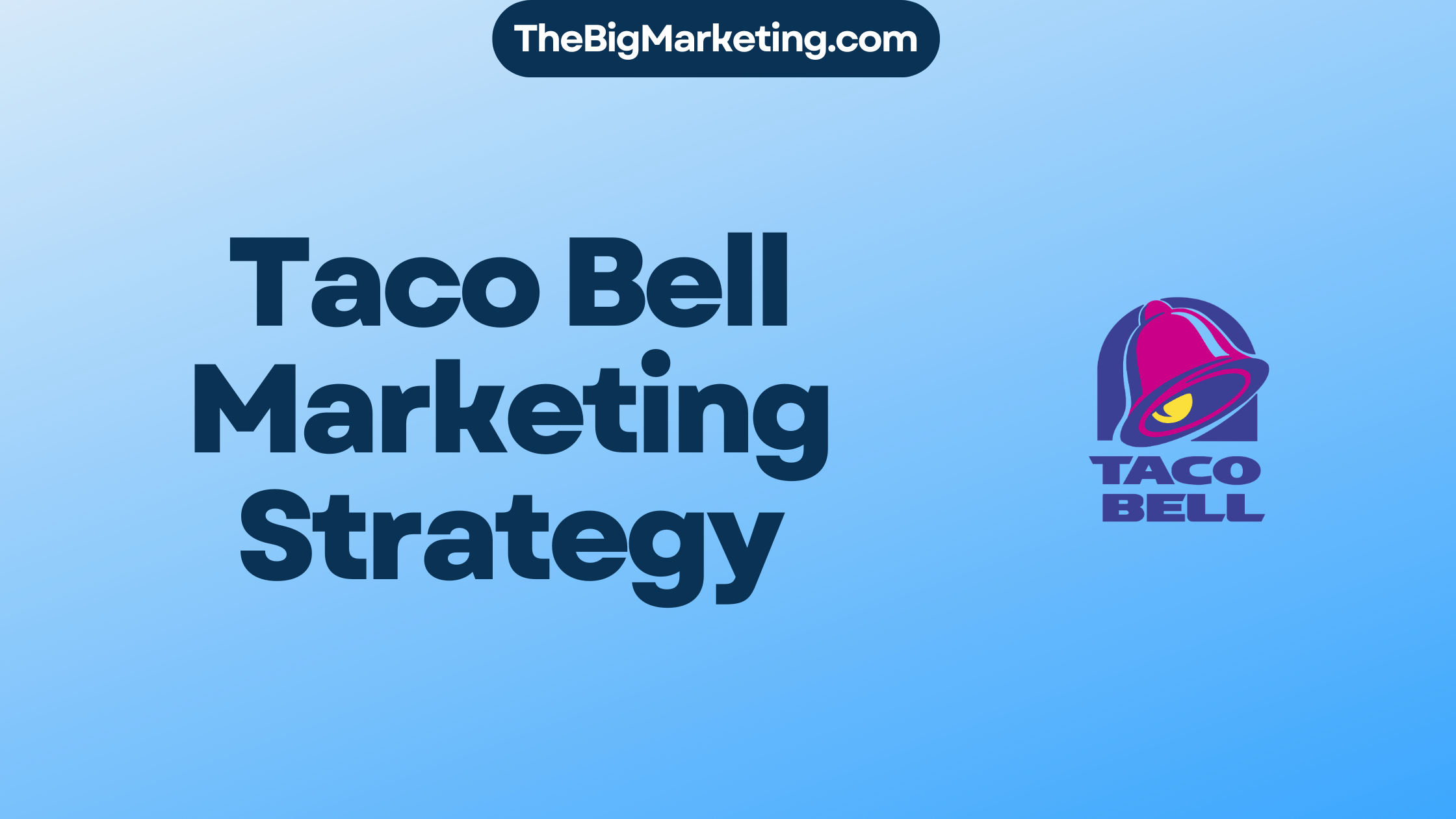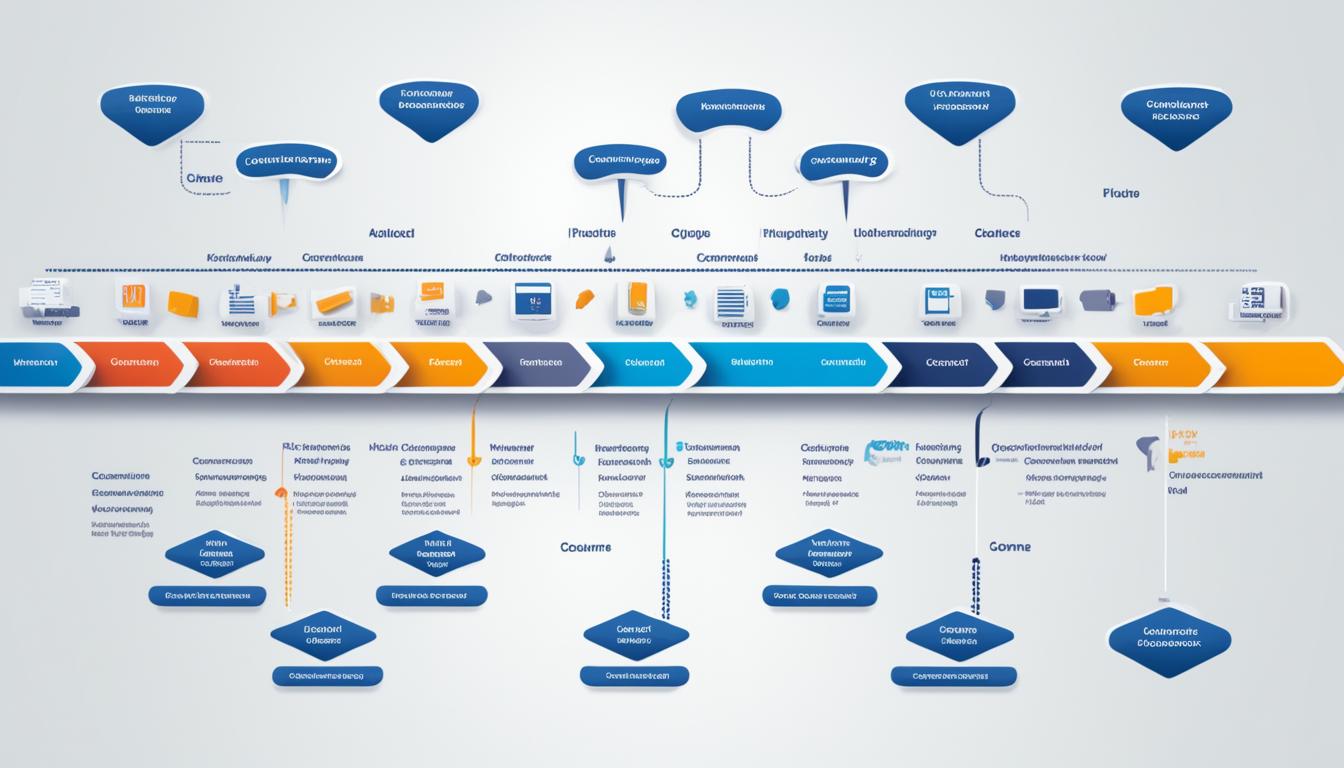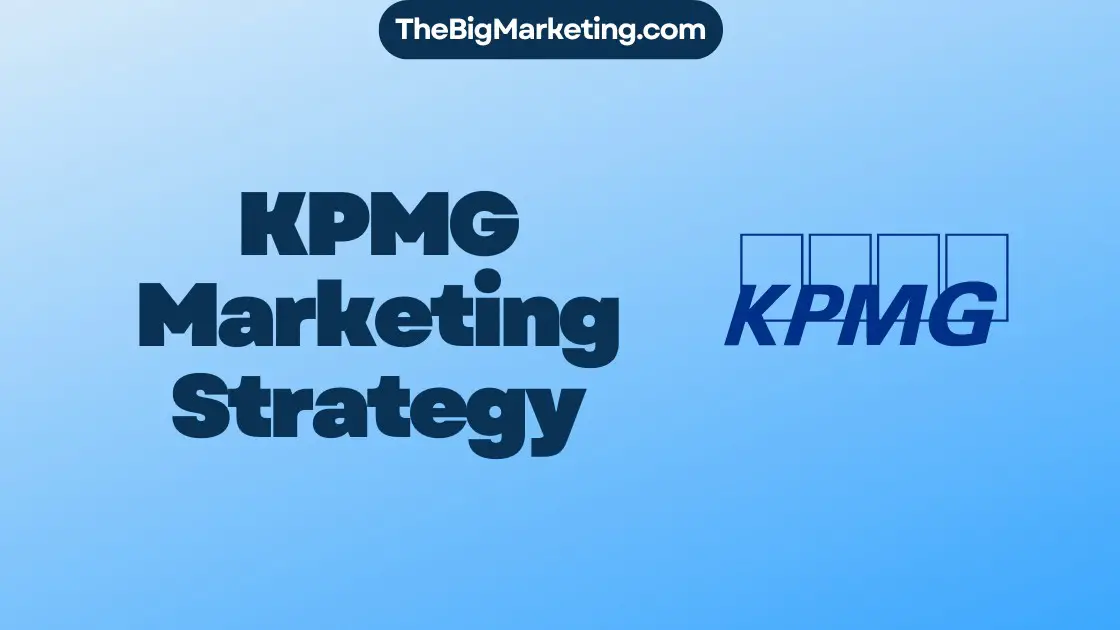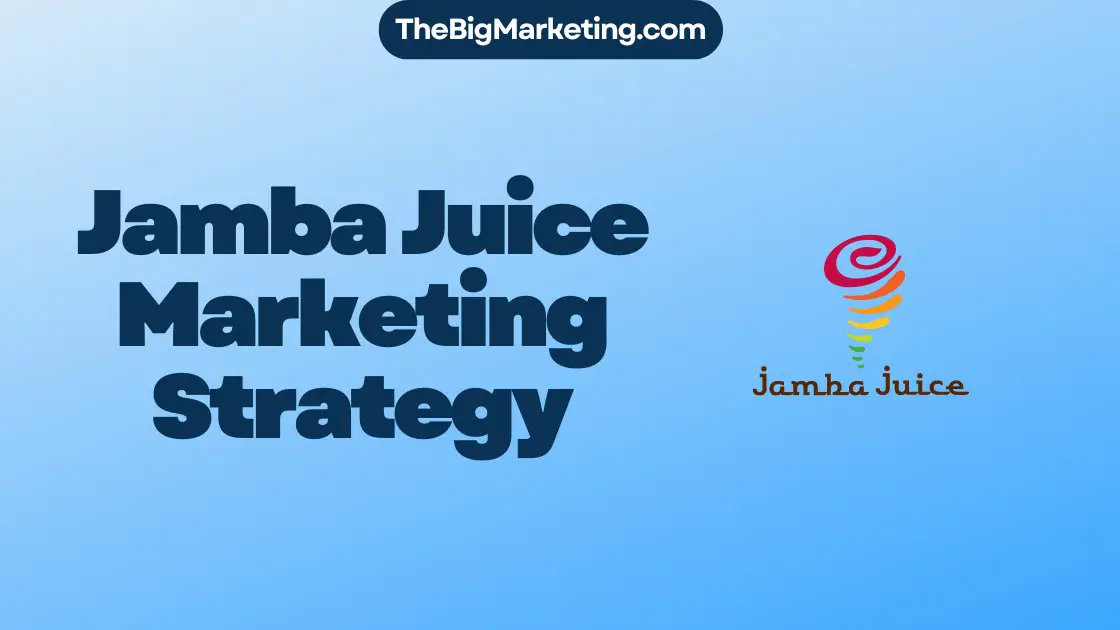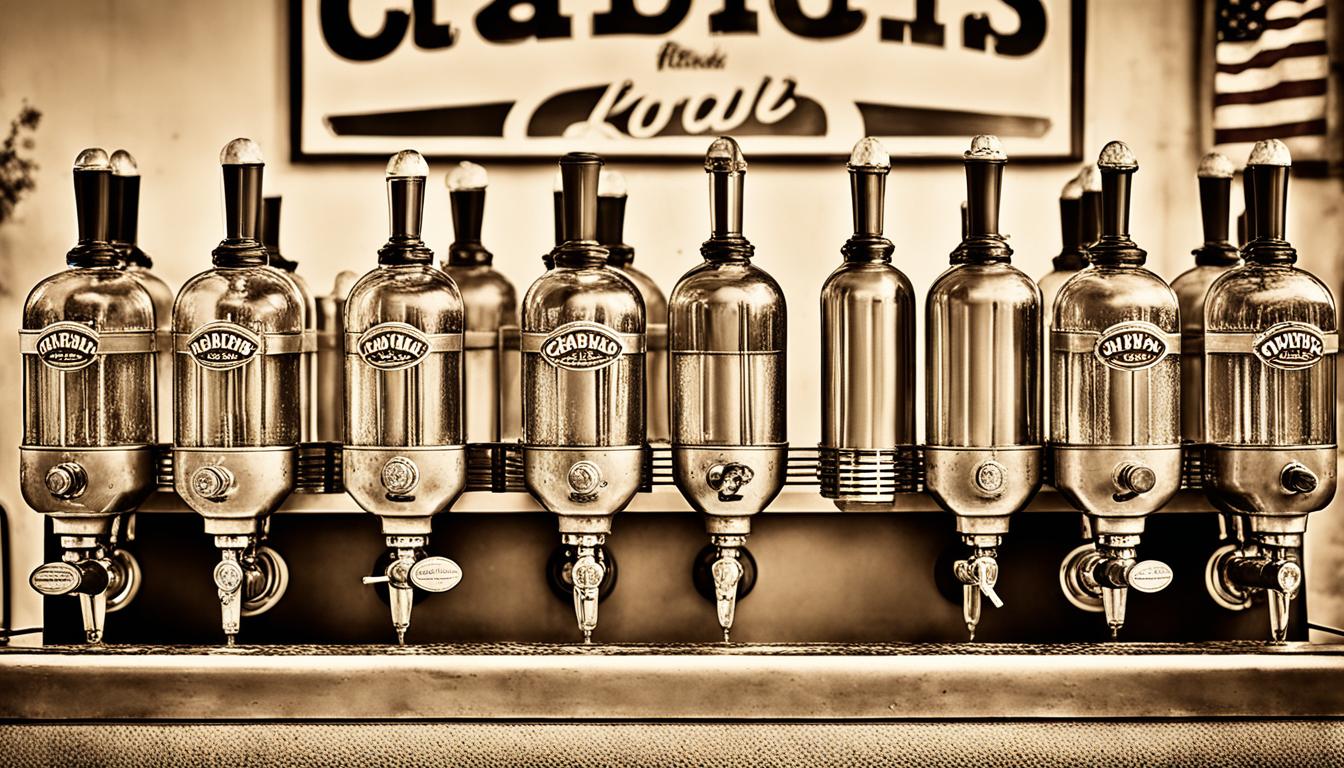In this article, we will delve into the marketing strategy employed by Ducati in 2024. We will explore how Ducati has revolutionized motorcycle branding through innovative digital campaigns and targeted engagement. By examining the company’s approach to brand positioning, online marketing strategies, and social media engagement, we can gain valuable insights into their successful marketing tactics.
Key Takeaways:
- Ducati’s marketing strategy in 2024 showcases the brand’s commitment to innovation and customer engagement.
- The company’s targeted digital marketing campaigns have strengthened its market presence and attracted a wider customer base.
- Through social media engagement and community building, Ducati fosters a strong relationship with its customers.
- Investing in product development and embracing technology allows Ducati to differentiate itself in the competitive motorcycle market.
- Ducati’s focus on sustainability and corporate social responsibility demonstrates its commitment to responsible business practices.
The Turnaround at Ducati: Strategic Logic and Changes
In the mid-1990s, Ducati faced a severe liquidity crisis that put the company on the brink of bankruptcy. However, under the leadership of CEO Federico Minoli, Ducati implemented a series of strategic changes to turn the situation around. These changes focused on enhancing Ducati’s public image and transforming it into an internationally recognized brand.
The company achieved this by reducing costs while improving the quality and reliability of its motorcycles. Ducati streamlined its supplier base, expanded outsourcing, and introduced new negotiation approaches. These strategic shifts played a crucial role in bolstering the brand’s image and contributing to Ducati’s successful recovery.
The Strategic Changes Implemented by Ducati
Ducati recognized the need for a comprehensive overhaul of its operations and marketing strategy. The first area of focus was cost reduction, accompanied by a relentless drive to improve the quality and reliability of its motorcycles. By addressing these core issues, Ducati aimed to regain customer confidence and boost its market position.
The company carried out a major restructuring, streamlining its supplier base and optimizing processes to achieve greater efficiency. This cost-saving initiative allowed Ducati to reallocate resources and invest in research and development, resulting in the introduction of technologically advanced models that were highly sought after in the market.
Furthermore, Ducati expanded its outsourcing activities, collaborating with reputable manufacturers and suppliers to enhance its production capabilities. This strategic decision not only improved production efficiency but also enabled Ducati to focus on its core competencies.
In addition, Ducati adopted new negotiation approaches with suppliers, ensuring mutually beneficial relationships. By building stronger partnerships, the company was able to secure favorable terms, access cutting-edge technology, and reduce manufacturing costs.
The Impact of Strategic Logic on Ducati’s Recovery
The implementation of these strategic changes played a significant role in Ducati’s successful recovery. By reducing costs and improving quality, Ducati regained the trust of customers and established itself as a reputable brand. The enhanced public image attracted new customers and increased sales, enabling Ducati to achieve financial stability.
Furthermore, the strategic logic behind Ducati’s turnaround propelled the brand to the forefront of the motorcycle industry. The company’s commitment to innovation, reliability, and performance resonated with enthusiasts worldwide, elevating Ducati to an internationally recognized brand.
Achieving Success Through Strategic Changes
Ducati’s strategic changes not only saved the company from bankruptcy but also positioned it as a leader in the motorcycle industry. By reducing costs, improving quality, and strategically aligning its operations, Ducati executed a remarkable turnaround.
The brand’s relentless pursuit of excellence, coupled with its commitment to innovation and performance, has solidified Ducati’s reputation as a global powerhouse in the motorcycle market.
| Key Strategic Changes | Impact on Ducati |
|---|---|
| Cost Reduction | Improved financial stability and resource allocation |
| Quality Enhancement | Regained customer trust and established a reputable brand image |
| Streamlining Supplier Base and Outsourcing | Enhanced production efficiency and focus on core competencies |
| New Negotiation Approaches | Secured favorable terms and reduced manufacturing costs |
Building a Global Brand: Marketing and Brand Positioning Strategies
Building a global brand requires a comprehensive marketing strategy that focuses on brand positioning and effective market penetration. Ducati, a renowned motorcycle manufacturer, successfully employed various marketing tactics to establish itself as a globally recognized brand.
Investing in Sales and Marketing
Ducati recognized the significance of investing in sales and marketing to expand its market presence. The company allocated substantial resources to develop and execute targeted marketing campaigns tailored to different regions and customer segments. By analyzing market trends and consumer behavior, Ducati effectively positioned its products to meet the specific demands and preferences of its target audience.
Diversifying the Product Portfolio
To appeal to a wider customer base, Ducati strategically diversified its product portfolio. By introducing a range of motorcycles that catered to different riding styles and preferences, the company expanded its market reach. This diversification allowed Ducati to attract new customers who were seeking specific features, such as adventure touring or urban commuting capabilities.
Shifting from Product-Oriented to Lifestyle Brand
One of the key elements of Ducati’s brand positioning strategy was transitioning from being solely a product-oriented company to establishing itself as a lifestyle brand. This shift involved creating a brand image that resonated with the aspirations, values, and lifestyle choices of its target audience. Through partnerships with luxury fashion brands, collaborations with renowned designers, and participation in lifestyle events, Ducati successfully positioned itself as a brand that embodied sophistication, style, and a passion for adventure.
Building a Strong Global Distribution Network
To support its global brand positioning, Ducati established a strong distribution network across key international markets. Collaborating with authorized dealers, Ducati ensured that its motorcycles were readily available to customers, regardless of geographical location. This extensive network not only facilitated easy access to Ducati products but also contributed to the brand’s visibility and credibility in various regions.
Ongoing Brand Communication and Engagement
Ducati understood the importance of continuous brand communication and engagement to maintain a strong presence in the global market. The company leveraged various channels, including digital platforms, social media, and customer events, to interact with its audience. By regularly sharing brand stories, showcasing customer experiences, and providing updates on new product launches, Ducati fostered a sense of community and loyalty among its customers.
In conclusion, Ducati’s marketing and brand positioning strategies have played a pivotal role in establishing the company as a global brand. Through targeted marketing campaigns, product diversification, lifestyle branding, an extensive distribution network, and consistent brand communication, Ducati has successfully positioned itself as a top choice for motorcycle enthusiasts around the world.
Leveraging Digital Marketing Techniques and Targeted Advertising Campaigns
As part of Ducati’s marketing strategy, the company recognized the importance of digital marketing in effectively reaching its target audience. To achieve this, Ducati employed various digital marketing techniques to engage with customers and build brand awareness. These techniques included:
- Search Engine Optimization (SEO): Ducati implemented SEO strategies to optimize its website and content for search engines. By ranking higher in search results, Ducati increased its online visibility and attracted relevant organic traffic.
- Social Media Advertising: Ducati utilized social media platforms such as Facebook, Instagram, and Twitter to run targeted advertising campaigns. By leveraging the demographic and interest-based targeting capabilities of these platforms, Ducati ensured that its ads were shown to the right audience.
- Content Marketing: Ducati focused on creating high-quality, informative content to engage with its audience and establish itself as a thought leader in the motorcycle industry. This content was distributed through various channels, including the company’s website, blog, and social media platforms.
Furthermore, Ducati implemented targeted advertising campaigns to reach specific market segments. By tailoring their messaging and promotions, Ducati successfully appealed to the preferences and needs of their target audience. These targeted campaigns helped Ducati maximize its marketing efforts by ensuring that its messages resonated with the right people.
By leveraging digital marketing techniques and targeted advertising campaigns, Ducati effectively connected with its target audience and built a strong online presence. The company’s commitment to digital marketing played a significant role in enhancing its brand visibility, attracting new customers, and driving business growth.
Social Media Engagement and Community Building
Ducati understands the power of social media in connecting with its audience and building a community of brand enthusiasts. The company actively engages with its followers on platforms like Facebook, Instagram, and Twitter, sharing content related to its products, events, and brand values. By fostering a sense of community and creating opportunities for user-generated content, Ducati strengthens its relationship with customers and cultivates brand loyalty.
Social media engagement plays a vital role in Ducati’s marketing strategy. By regularly posting engaging and relevant content, Ducati keeps its audience informed and entertained. The company encourages followers to share their experiences with the brand, creating a sense of community and belonging among Ducati enthusiasts.
In addition to sharing content, Ducati actively interacts with its followers by responding to comments, messages, and mentions. This level of engagement shows that Ducati values its community and is dedicated to building meaningful connections with its audience.
Building a Community Through User-Generated Content
Ducati understands the importance of leveraging user-generated content to strengthen its community and showcase the passion of its customers. The company encourages followers to share photos and videos of their Ducati motorcycles, using dedicated hashtags to create a sense of unity among enthusiasts. Ducati also runs contests and challenges, further incentivizing customers to contribute and engage with the brand.
By featuring user-generated content on its social media platforms and website, Ducati not only showcases the diversity and creativity of its community but also strengthens the bond between the brand and its customers. This approach enhances brand loyalty and encourages others to join the Ducati community.
Exclusive Content and Behind-the-Scenes Access
Ducati goes beyond sharing product updates and event announcements on social media. The company provides exclusive behind-the-scenes content, giving followers a glimpse into the world of Ducati. Whether it’s showcasing the design process of a new motorcycle or sharing insights from the Ducati racing team, this exclusive content creates a sense of exclusivity and fosters a deeper connection with the brand.
Furthermore, by offering sneak peeks and exclusive content to its social media followers, Ducati rewards its dedicated community and keeps fans engaged and excited. This approach not only strengthens the bond between the brand and its followers but also attracts new enthusiasts who want to be part of this exclusive experience.
The Benefits of Social Media Engagement and Community Building
The social media engagement and community building efforts of Ducati have several advantages. Firstly, by actively engaging with its audience, Ducati can gather valuable feedback and insights, allowing the company to continuously improve its products and services.
Secondly, building a community of brand enthusiasts helps to create a loyal customer base. When customers feel a sense of community and connection with a brand, they are more likely to remain loyal, recommend the brand to others, and become brand advocates.
Lastly, social media engagement and community building can generate organic word-of-mouth marketing. When Ducati’s passionate community shares their experiences and positive sentiments about the brand, it can reach a broader audience and attract new customers.
Overall, Ducati’s social media engagement and community building efforts are an integral part of its marketing strategy. By actively connecting with its audience, fostering a sense of community, and leveraging user-generated content, Ducati strengthens its brand’s presence, cultivates loyalty, and drives customer engagement.
The Role of Influencer Marketing and Brand Partnerships
As part of its comprehensive Ducati Marketing Strategy, the brand capitalizes on the power of influencer marketing and strategic brand partnerships. By collaborating with notable individuals in the motorcycle and lifestyle industries, Ducati expands its market reach and taps into new audiences.
In influencer marketing, Ducati strategically selects influential figures who align with the brand’s values and target demographic. These individuals showcase Ducati’s products to their substantial following, leveraging their credibility and reach to generate awareness, engagement, and conversions. Through authentic and organic collaborations, Ducati taps into the influencers’ engaged audience and maximizes the impact of its marketing efforts.
Brand partnerships also play a vital role in Ducati’s strategy. By joining forces with like-minded brands, Ducati aligns itself with complementary products or services, amplifying its brand image and expanding its customer base. Strategic brand partnerships allow Ducati to tap into existing customer communities, enhancing brand loyalty and fostering long-term relationships.
The Benefits of Influencer Marketing and Brand Partnerships
The utilization of influencer marketing and brand partnerships brings numerous advantages to Ducati’s marketing strategy:
- Increased Reach: By leveraging the influence and reach of influencers and brand partners, Ducati expands its brand visibility and reaches new audiences that may not have been aware of the brand previously.
- Enhanced Credibility: Partnering with reputable individuals and brands in the industry enhances Ducati’s credibility and perception among its target audience, establishing the brand as a trusted authority.
- Targeted Marketing: Through influencer marketing and strategic collaborations, Ducati can precisely target specific customer segments, focusing its efforts on individuals who are most likely to be interested in its products.
- Amplified Engagement: Influencer marketing and brand partnerships foster increased engagement by leveraging the loyalty and trust followers have in the influencer or brand partner. This engagement translates into valuable interactions, such as likes, comments, and shared content.
- Creative Content: Collaborating with influencers and brand partners injects fresh perspectives and creativity into Ducati’s marketing campaigns. This infusion of unique content helps captivate audiences and keeps the brand relevant.
Realizing the Potential of Influencer Marketing and Brand Partnerships
To maximize the impact of influencer marketing and brand partnerships, Ducati diligently identifies influential individuals with a genuine passion for motorcycles and a connection to its target audience. The brand thoroughly evaluates potential partners based on their engagement rates, content quality, and alignment with Ducati’s brand values.
Furthermore, Ducati actively seeks out brand partnerships that align with its target customers’ interests and preferences, ensuring a seamless integration of complementary products or services. This strategic approach enables Ducati to tap into existing customer bases, cross-promote with other respected brands, and create unique experiences for its customers.
| Influencer Marketing and Brand Partnerships: Benefits |
|---|
| Increased Reach |
| Enhanced Credibility |
| Targeted Marketing |
| Amplified Engagement |
| Creative Content |
Embracing Technology: Innovation and Product Development
In order to maintain a competitive edge in the motorcycle market, Ducati places a strong emphasis on innovation and product development as part of its marketing strategy. The company understands the importance of staying ahead of the curve by continuously investing in research and development.
By embracing cutting-edge technology and pushing the boundaries of performance, Ducati creates a unique selling proposition for its motorcycles. This commitment to innovation not only sets Ducati apart from its competitors but also positions the brand as a leader in the industry.
Through its relentless pursuit of technological advancements, Ducati constantly strives to improve the design, performance, and features of its motorcycles. By leveraging modern technologies, Ducati is able to enhance the riding experience and provide its customers with motorcycles that are at the forefront of industry standards.
Ducati’s dedication to innovation and product development can be seen in its latest models, which boast state-of-the-art features such as advanced electronics, cutting-edge aerodynamics, and high-performance engines. These technological advancements not only attract motorcycle enthusiasts but also cater to the evolving needs and preferences of the market.
The image above represents Ducati’s commitment to innovation and showcases the brand’s ability to incorporate advanced technology into its motorcycles.
Benefits of Innovation and Product Development:
- Enhanced performance and superior riding experience
- Differentiation from competitors through unique features
- Increased customer satisfaction and loyalty
- Continued relevance in a rapidly evolving market
Innovation in Design and Technology:
Ducati’s focus on innovation extends beyond just performance enhancements. The brand also places great emphasis on innovative design elements that make its motorcycles visually appealing and iconic.
Additionally, Ducati explores new technologies and materials to enhance the overall riding experience. This includes advancements in areas such as electrification, connectivity, and safety features, ensuring that Ducati stays at the forefront of the industry.
Investment in Research and Development:
Ducati’s commitment to innovation and product development is evident in its substantial investment in research and development. The company allocates significant resources to explore new technologies, conduct testing and prototyping, and collaborate with industry experts.
By investing in research and development, Ducati can continually improve its motorcycles and introduce new innovations to the market. This proactive approach ensures that Ducati remains at the forefront of the motorcycle industry and consistently meets the evolving demands of riders.
| Innovation and Product Development Initiatives | Key Outcomes |
|---|---|
| Integration of advanced electronics | Improved performance and enhanced rider safety |
| Development of cutting-edge aerodynamics | Enhanced stability and optimized airflow |
| Pioneering use of new materials | Increased strength and lightweight design |
| Implementation of modern connectivity features | Enhanced rider experience and convenience |
The table above highlights some of Ducati’s innovation and product development initiatives and the key outcomes they have achieved. These initiatives have allowed Ducati to deliver motorcycles that exceed customer expectations and maintain its position as a market leader.
The Power of Experiential Marketing and Events
Ducati understands the importance of creating memorable experiences for its customers. The company organizes experiential marketing events to allow customers to engage with the brand on a deeper level. These events provide an opportunity for Ducati enthusiasts and potential buyers to not only interact with the motorcycles but also immerse themselves in the rich heritage and culture that surround the brand.
One of the key experiential marketing events organized by Ducati is the track days. These events give customers the chance to test ride the latest Ducati models and experience the adrenaline rush of riding on a race track. Participants can push the limits of the motorcycles in a controlled environment while receiving guidance and tips from experienced riders and Ducati experts.
In addition to track days, Ducati also hosts ride-outs, where owners and enthusiasts come together for group rides through scenic routes and picturesque landscapes. These ride-outs create a sense of camaraderie among Ducati owners, allowing them to share their passion for the brand and form lasting connections.
Benefits of Experiential Marketing and Events:
- Customer Engagement and Brand Loyalty: By providing opportunities for customers to interact with the brand and its motorcycles, experiential marketing events create a stronger emotional connection. Customers feel a sense of loyalty towards Ducati, leading to repeat purchases and brand advocacy.
- Showcasing Product Features: Experiential events allow customers to experience firsthand the performance, handling, and capabilities of Ducati motorcycles. This hands-on experience helps customers understand the unique features and benefits of the brand’s bikes, leading to informed purchasing decisions.
- Driving Word-of-Mouth Marketing: Experiential events create memorable experiences that customers are likely to share with their friends, family, and social networks. Positive word-of-mouth recommendations can significantly impact Ducati’s brand image and drive new customer acquisition.
Ducati’s approach to experiential marketing and events aligns with its overall marketing strategy, allowing the brand to connect with its target audience on a personal level and create lasting impressions. By organizing track days, ride-outs, and other experiential events, Ducati solidifies its position as a leader in the motorcycle industry and fosters a loyal community of brand enthusiasts.
| Benefits of Experiential Marketing and Events |
|---|
| Customer Engagement and Brand Loyalty |
| Showcasing Product Features |
| Driving Word-of-Mouth Marketing |
Sustainability and Corporate Social Responsibility
Ducati is committed to sustainability and corporate social responsibility, understanding their significance in today’s market. The company integrates sustainable practices into all aspects of its operations and product development process. By prioritizing eco-friendly technologies and reducing emissions, Ducati appeals to environmentally conscious consumers who value sustainability in their purchasing decisions.
One of Ducati’s key initiatives is the development and promotion of electric motorcycles. By investing in electric vehicle technology, Ducati aims to reduce carbon emissions and contribute to a greener future for the motorcycle industry. The company’s commitment to sustainability is evident in the launch of the environmentally friendly Ducati XE E-Racer, an electric motorcycle with zero emissions that offers exhilarating performance while minimizing its environmental impact.
In addition to embracing environmentally friendly practices, Ducati actively supports social causes and engages in philanthropic activities. The company collaborates with charitable organizations to give back to communities and create a positive impact. Ducati’s CSR initiatives focus on areas such as education, healthcare, and the environment, demonstrating their commitment to social responsibility beyond their core business activities.
To further emphasize their dedication to sustainability and corporate social responsibility, Ducati has implemented responsible supply chain practices. The company works closely with suppliers and partners to ensure ethical sourcing, fair labor practices, and the highest standards of quality and safety. By prioritizing these values throughout the supply chain, Ducati strengthens its commitment to responsible business practices and reinforces its position as an ethical brand.
Through their sustainability efforts and corporate social responsibility initiatives, Ducati positions itself as a responsible and ethical brand that aligns with the values of environmentally conscious consumers. By incorporating sustainability into their marketing strategy, Ducati not only contributes to a better world but also enhances their brand reputation and attracts customers who prioritize sustainable products and responsible business practices.
Conclusion
In conclusion, Ducati’s marketing strategy in 2024 exemplifies the brand’s commitment to innovation, customer engagement, and brand positioning. Through targeted digital marketing campaigns, social media engagement, and community building, Ducati has successfully strengthened its market presence and attracted a wider customer base. The company’s strategic approach to embracing technology, investing in product development, and organizing experiential events sets Ducati apart from its competitors, positioning it as a leader in the motorcycle industry.
Furthermore, Ducati’s focus on sustainability and corporate social responsibility demonstrates its dedication to responsible business practices. By incorporating eco-friendly technologies, reducing emissions, and supporting social causes, Ducati appeals to environmentally conscious consumers and aligns its brand with ethical values. This commitment to sustainability not only enhances the brand’s reputation but also resonates with customers who prioritize responsible consumption.
In summary, Ducati’s marketing strategy in 2024 is a testament to the brand’s relentless pursuit of differentiation and the creation of a memorable customer experience. By leveraging digital marketing, engaging with customers through social media, and organizing experiential events, Ducati creates a sense of community and fosters brand loyalty. With its forward-thinking approach to innovation and dedication to sustainability, Ducati has established itself as a distinctive and influential force in the motorcycle industry.

